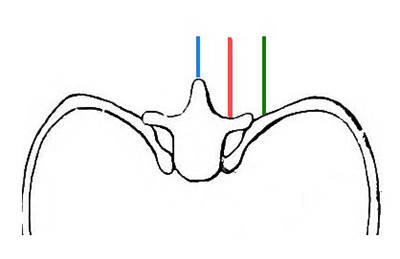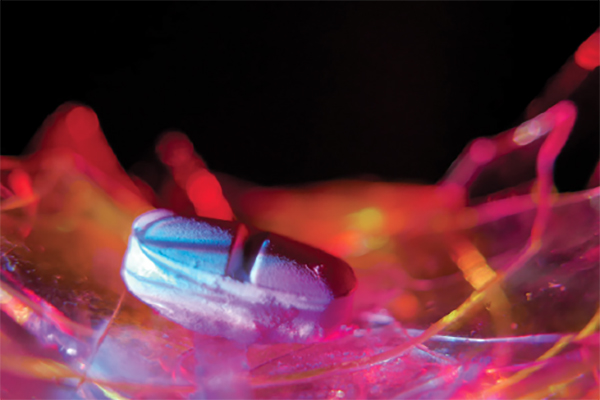Browsing: Topics





This condition typically presents acutely as a subcutaneous band on the dorsal penis, often accompanied by pain. The prevalence is estimated to be approximately 1.4%, but it's thought to be under-repo


Investigate the pressure of this tangled case of a patient with a limb-threatening injury at first discharged home in the absence of a fracture.



